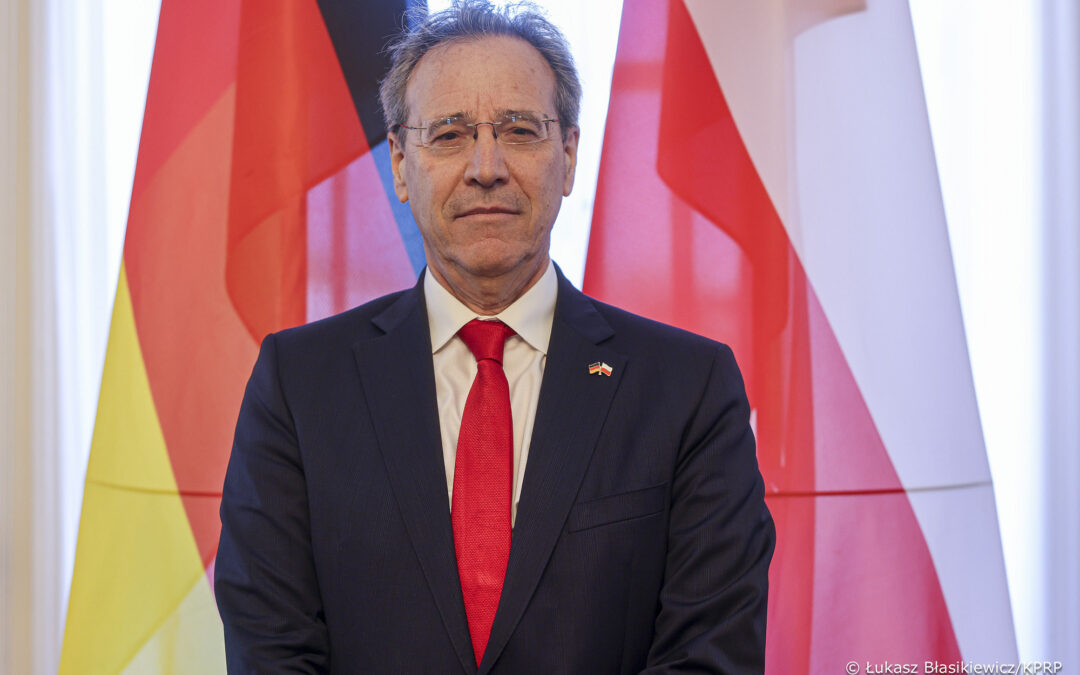The median monthly income in Poland has increased by 16.6% in the last two years, up to 4095 złoty gross (950 euro), or 2975 złoty net (690 euro), according to a report from the Gazeta Wyborcza daily, quoting data from Statistics Poland (GUS), a government agency, released on Thursday.
The figures only apply to people working in companies and institutions with more than nine employees – the median including other workers would be lower. But they continue a pattern of significant growth in income over the last decade. In 2008, the median income was 2640 złoty gross (610 euro), meaning it has grown by well over half.
In order to be among the 10% highest earners in the country, a worker needs to have a monthly income of 8240 złoty gross (1910 euro), or 5899 złoty net (1370 euro). The best occupations in terms of earnings and future prospects are IT and industrial workers.
According to the report, median income – meaning the amount at which exactly half of people earn more and half earn less – is a better indication of true earnings than the often-cited mean average, which is much higher, at 5004 złoty gross (1160 euro).
The figures apply to October 2018, as GUS publishes data for the previous year every two years. The actual current figures are therefore higher, but will not be confirmed until 2021.
Gazeta Wyborcza quote Łukasz Komuda from the Foundation for Social and Economic Initiatives, who says that the increase should come as no surprise: “After all, this is a dynamic over two years, so we are talking about yearly rises of 8%.”
While a gross monthly income of 8240 złoty is enough to make the top 10% of earners, 6% of Poles earn more than 10,000 złoty per month (2320 euro), and less than 1% get more than 20,000 złoty (4640 euro). At the top end of the scale, 0.06% of people working in Poland have gross earnings in excess of 50,000 złoty a month (11,600 euro).
The lowest 10% of earners have salaries below 2224 złoty gross (515 euro), leaving them with just 1655 złoty (385 euro) after taxes. The gross minimum wage in 2018 was 2100 złoty (485 euro).
Men earn almost 20% more than women. The median gross monthly wage for men is 5447 złoty (1265 euro), while women get 4543 złoty (1055 euro). However, most low earners are men, and women are more likely to have an income close to the medium.
According to Andrzej Kubisiak from the Polish Economic Institute, the average male income is skewed by the fact that they are twice as likely to earn more than 8240 złoty.
A profitable sector to be working in in Poland is information technology. Many IT workers earn well over the average wage, often on the basis of false self-employment.
A significant change in recent years has been an increase in earnings in industry. Industrial workers now have a slightly higher median gross income (4144 złoty/960 euro) than office workers (4052 złoty/940 euro).
There are also notable geographical differences. Andrzej Mikołajewski from the recruitment firm Dobra Agencja says that “Sure, wages are increasing, but there are still regions where a gross salary of 3000 złoty (695 euro) brings in hundreds of CVs. And this is not just for simple jobs, for example it’s also in advertising in the Lesser Poland province, outside of Kraków.”
As to what the future will bring, Gazeta Wyborcza reports that income is likely to increase at a slower rate in the coming years. However, demographic factors will benefit employees, as there will shortly be 3 million more available jobs than workers.
This article has been amended from the original version to recognise the fact that the data refer only to companies and institutions employing more than nine people.
Main image credit: Pixabay/www_slon_pics

Ben Koschalka is a translator and senior editor at Notes from Poland. Originally from Britain, he has lived in Kraków since 2005.




















